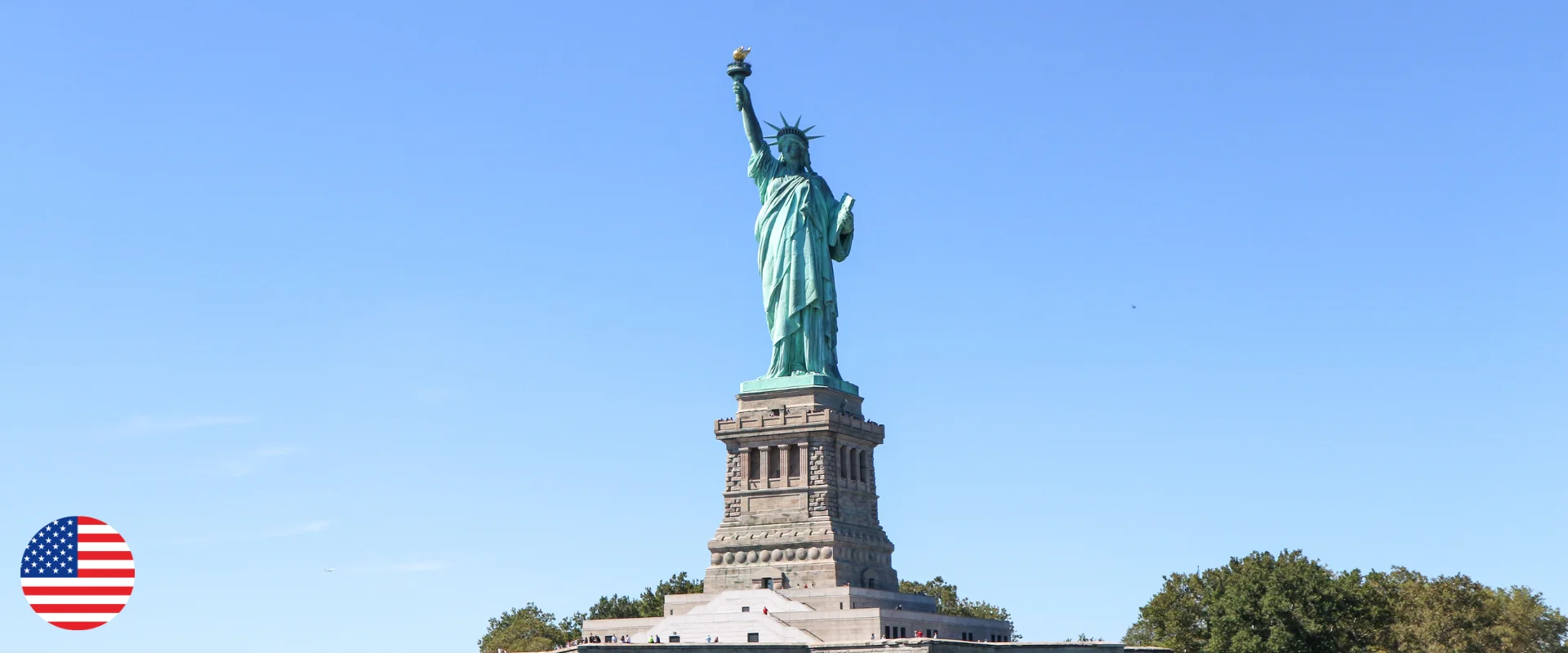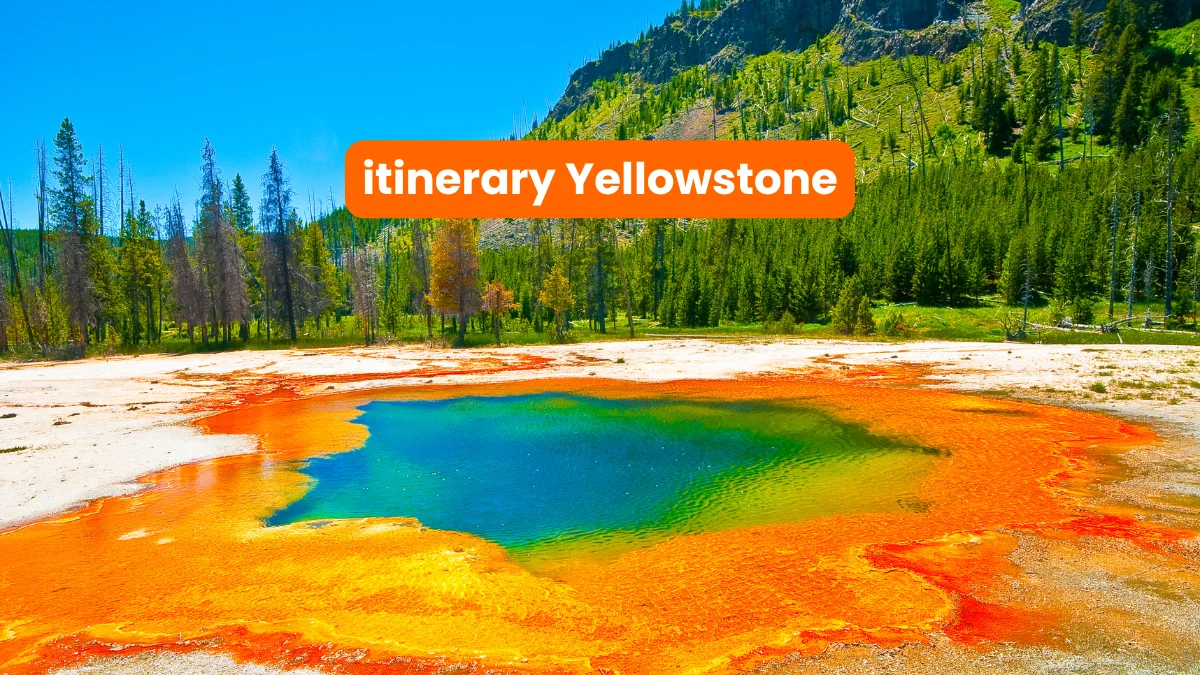USA Itinerary: Your Ultimate Travel Guide
Explore the best of the USA — from iconic cities to breathtaking natural wonders.
Picture a land filled with vibrant cities, rich history, mouthwatering culinary delights, an array of musical and cultural festivals, and awe-inspiring natural wonders. The United States offers all of these and more, providing an unlimited canvas for travelers from all corners of the globe. This diverse nation is a vibrant tapestry, intricately woven with multiple cultures, regional specialties, and dynamic landscapes. As you embark on this journey across the varied expanses of America, you’ll gain insights into local traditions, unique cuisines, and the breathtaking beauty of wide-ranging terrains.




